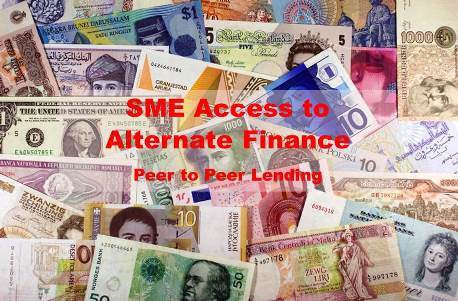In the banking context, peer-to-peer lenders are still “alternative” and they still represent a very small part of the overall lending pie, but with the recent news that Union Bank is going to front end part of their lending with Lending Club one starts to wonder how mainstream these lenders are getting. With advances in technology and the ability mine new data sources for insights on risk and customer behavior these firms can move quickly. One of the big wild cards for these lenders is where worldwide regulators are going.
In our recent research, we see peer-to-peer lenders are most attractive to the Millennials (18-34 years old) with a little over 20 percent indicating they are very likely to use a peer-to-peer lender in the next 12 months. That said only 1 percent of them are currently using these lenders. Additionally, consumers have lower perceptions when compared with banks in areas like security of transactions, ease of completing transactions, and overall trustworthiness.
About: Lending Club is the world’s largest online marketplace connecting borrowers and investors. Borrowers are private individuals and businesses. Lending Club claims to be transforming the banking system to make credit more affordable and investing more rewarding. It operates at a lower cost than traditional bank lending programs and passes the savings on to borrowers in the form of lower rates and to investors in the form of solid returns.
Source: FICO






















